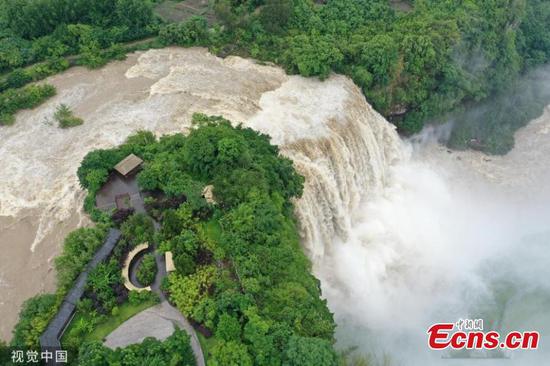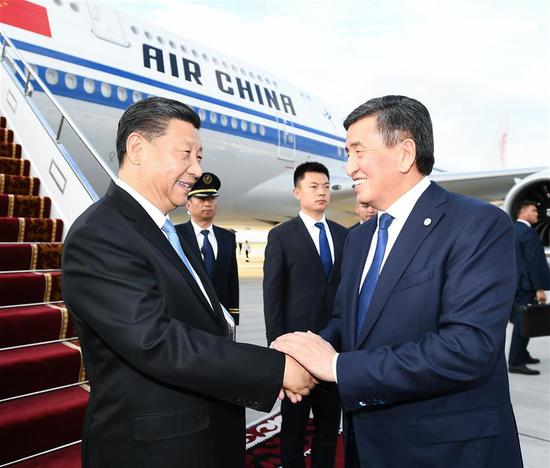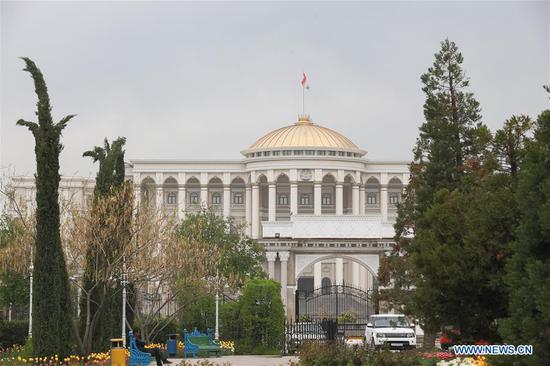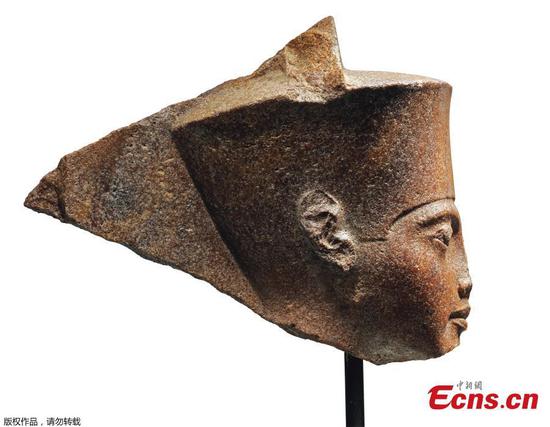China's state-of-the-art meteorological service system and Fengyun satellites are great assets for enhancing global meteorological capability, especially for island and African countries, the head of the World Meteorological Organization (WMO) said Thursday.
Speaking during the 18th World Meteorological Congress (WMC) in Geneva, Switzerland, WMO Secretary-General Petteri Taalas highly valued China's contribution in helping deliver and enhance global meteorological service under the framework of the "Belt and Road Initiative(BRI)."
China has been helping train plenty of meteorological experts at its Nanjing University, when there has been a great need for such experts worldwide, especially in African countries, Talaas said. He also thanked China for supporting many African countries in building their meteorological infrastructure and service capacity, as well as providing meteorological satellite information and program to other WMO members.
Talaas' remarks came at a promotion of international service by China's Fengyun meteorological satellites during the WMC, where the WMO and China are expected to hold a meeting to further push ahead their meteorological cooperation under the BRI framework.
According to Liu Yaming, administrator of China Meteorological Administration, FengYu meteorological satellites providing international service is a very important part of the meteorological cooperation between China and countries along the Belt and Road. It has helped build the capability of these countries in acquiring and applying satellite data, and in turn forecasting meteorological disasters as well as disaster alleviation.
According to the China National Space Administration, China already has 17 Fengyun series meteorological satellites in space, with eight in operation, including five in geostationary orbit and three in polar orbit to observe extreme weather, climate and environment events around the globe.
The Fengyun series meteorological satellites provide data to clients in more than 80 countries and regions. Weather forecasts in the eastern hemisphere mainly depend on China's meteorological satellites.


















































